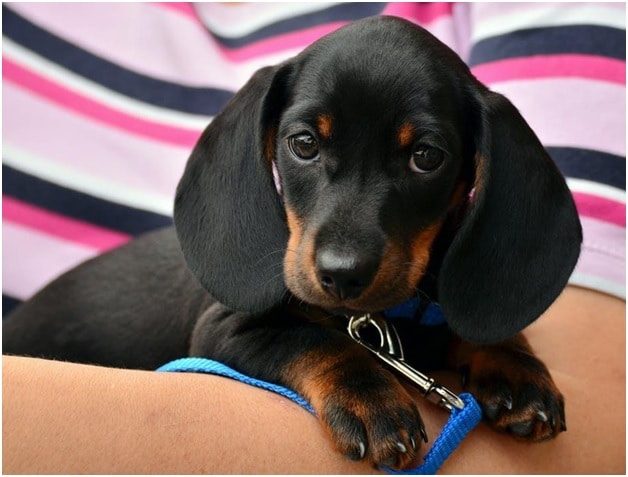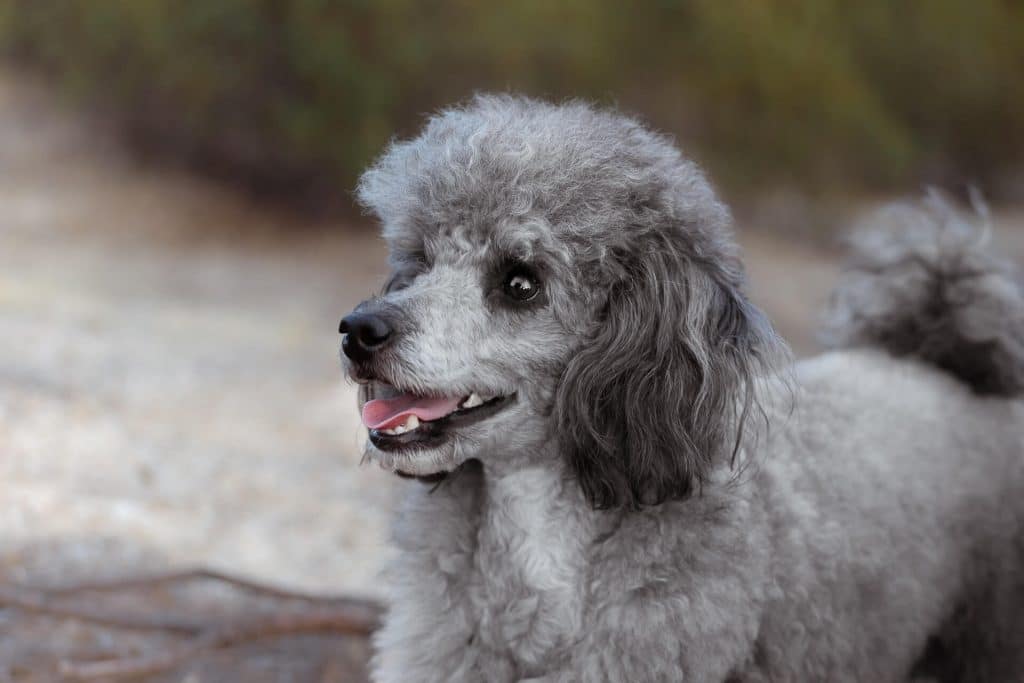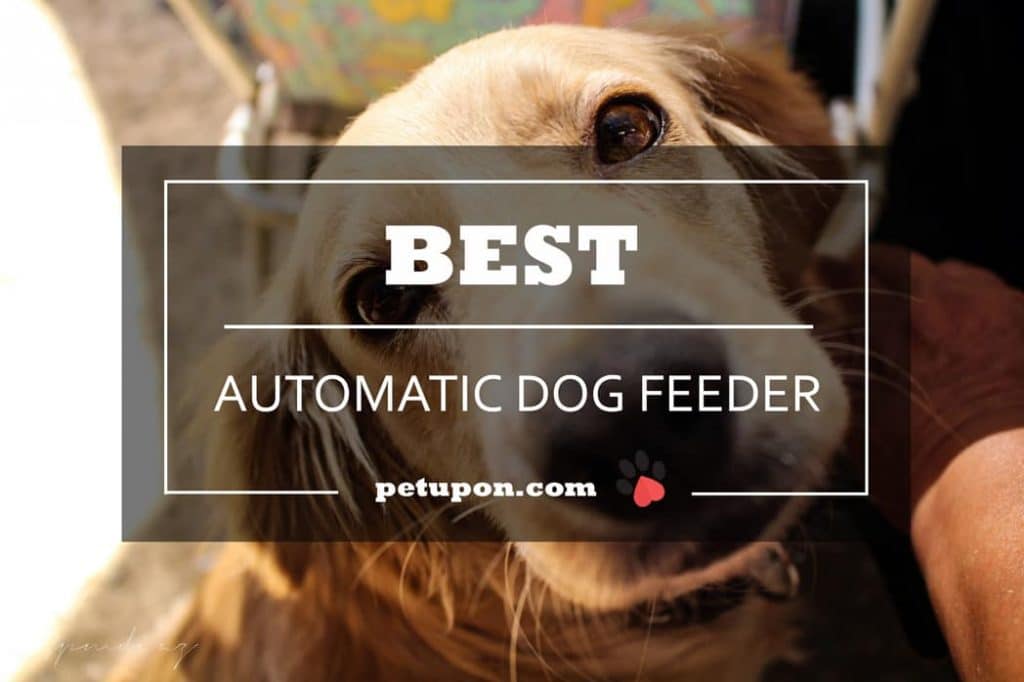When man’s best friend is being talked about, an image of a German Shepherd is usually the first picture that comes to mind for most people. After all, they are one of the most popular dog breeds around.
See also:
Not only are they beautiful but they are also intelligent, agile, extremely loyal, and very easy to care for. These qualities make German Shepherds the number one canine choice of law enforcement agencies.
The Origin of German Shepherds
German Shepherds originate from Germany (obviously). In early times, these dogs were used primarily to herd sheep. However, the appearance of German Shepherds back then was very different from what people know and love today.
During those times, sheep herders crossbred working dogs with other breeds that held qualities which were suitable for guarding and herding sheep. They had a remarkably wolfish appearance and the texture of their coat varied depending on the climate they lived in.
Although the build of early German Shepherds resembled that of those today, they varied in color and lacked specific markings that make this breed stand out.
It was not until 1899 when the German Shepherd dog breed was standardized.
Captain Max von Stephanitz
Captain Max von Stephanitz was a retired military officer and veterinary student who marveled at the working dog breeds in his native village in Germany.
However, he was in search of one dog that embodied all of the qualities he admired. In his quest, he finally came across a dog which made an impression in a dog show. He purchased the dog right away and renamed it Horand v Grafrath.
In April of 1899, Captain Max von Stephanitz and his colleagues formed an organization called Verin fur Deutsche Schaferhunder (SV) and started a German Shepherd dog registry.
Horand v Grafath was the first ever German Shepherd dog to be registered.
The Standardization of the German Shepherd Dog Breed
Horand v Grafath was a yellow and grey medium sized working dog who worked as a sheep herder. His intelligence and efficiency became the primary basis for the standardization of the German Shepherd dog breed.
Captain Max von Stephanitz focused on “Intelligence and Utility” and saw physical appearance merely as a secondary standard for the breed.
In order for a dog to be registered as a German Shepherd, it first had to pass the captain’s devised criteria for overall morphology, gait, and temperament.
Solidifying the First German Shepherd Dog Bloodline
In order to solidify Horand v Grafath’s bloodline, Captain Max von Stephanitz relied heavily on inbreeding. His dog, along with its brother Luchs, were mated with half sisters and daughters of their sons. By inbreeding, the appearance as well as identifiable qualities of German Shepherds were stabilized.
The captain’s breeding method produced Heinz von Starkenberg. He was mated with one of Horand v Grafath’s offsprings which resulted in the birth of Beowulf.
This is probably one of the most notable events in Captain Max von Stephanitz’s German Shepherd breeding career. In his lifetime, Beowulf produced 84 pups. His bloodline is considered to be the ancestor of almost all German Shepherds today.
Inbreeding Method with Horand v Grafath and Luchs
The captain first expanded Horand’s bloodline using carefully selected native German Shepherd bitches and mating them with Horand and his brother Luchs.
The bitches were chosen based on appearance, gait, and intelligence. The captain attended numerous dog shows and this is where he found most of the bitches he mated with his dogs.
He didn’t pay too much attention on the appearance of the bitches rather, he looked at their temperament and how they were utilized by their owners.
When a prime female whelp is born, it is well taken care of so it can be mated with either Horand or Luchs when it is old enough.
After years of inbreeding, the captain was finally able to perfect the appearance of German Shepherds and became how it is today.
Other German Shepherd Breeders
When the captain was finally able to fully stabilize the German Shepherd breed, it didn’t take long for other breeders to follow suit. They quickly took a liking to the look and character of standardized German Shepherds and were eager to learn how they could improve their own line.
These breeders didn’t mind being directed on how to care for their dogs and which ones were viable to be inbred.
The Deutsche Schaferhunder (SV) appointed wardens who visited breeders regularly to ensure that the club’s controlled standards for German Shepherd breeding were upheld.
The wardens even picked out litters that weren’t at par with club standards. It goes without saying that Captain Max von Stephanitz ruled over other German Shepherd breeders with an iron hand.
However, this suited the Germans just fine and they were even thankful for it as it allowed for further improvement in the pedigree.
The Elimination of Faults
No matter how controlling Captain Max von Stephanitz seemed when it came it breeding German Shepherds, there were times when faults cropped up in litters.
He researched extensively on how to get rid or prevent these faults from occurring. He believed that faults were hereditary and can be prevented if strict breeding rules were put into place and implemented.
Unfortunately, even with hands-on control on breeders’ breeding methods, faults still occurred from time to time.
Nevertheless, the captain continued to give breeders advice which they took wholeheartedly as their aim was for the continued improvement of the breed.
Going Back to the Basics
In the captain’s quest to get rid of faults, he decided that it may be best to go back the basics by breeding with Sieger (Grand Champion) Herold aus der Niederlausitz.
His decision was based on the results of an earlier breeding effort with Sieger Utz v Haus Schuetting. In that particular situation, the pups (including Sieger Klodo) produced by Utz had faults but also possessed admirable qualities.
It was also the same in America when breeders imported Sieger Klodo v Boxberg.
Unfortunately, Sieger Herold was not at par with Utz or Klodo v Boxberg. His bloodline has been proven to be responsible for producing the most faults that can be found in modern day German Shepherds.
Common Faults Found in German Shepherds even Today
- Color-paling
- Monorchidism
- Weakness of temperament
- Missing teeth
- Overly aggressive temperament
- Inadequate size
- Other defects
Faults in dogs can occur even if parents of the pups originate from the highest quality of pedigree.
The inventor of the German Shepherd dog breed, Captain Max von Stephanitz, worked on developing and perfecting the breed for almost 37 years. His study was based on one dog, Horand von Grafath, which he envisioned to possess all of the qualities he admired.
He passed away in 1936 but not after seeing his hard work and dedication materialize into reality. Today, German Shepherds are considered to be one of the most popular and well-loved canine breeds known to mankind.
German Shepherds Trained For Law Enforcement
Towards the end of the 1900’s, Captain Max von Stephanitz realized that continuous industrialization and modernization in his country meant that the need for working dogs such as German Shepherds would be lessened.
In his efforts to prevent the dying out of the demand for the breed, he spoke with several law enforcement and other government agencies about helping him train these dogs for various jobs.
They were trained in tracking, search and recovery, and protection work.
German Shepherds were used extensively in World War 1. They were utilized in search and rescue operations, sniffing out land mines, carrying messages, medical supplies and provisions, as well as sentinels.
When the war ended, some of the soldiers who developed a strong bond with their K-9s took their dogs home with them.
German Shepherds As Guide Dogs
After the war, the popularity of German Shepherds as war dogs spread wide and many became interested in utilizing the breed in other fields.
The Germans trained German Shepherds to become guide dogs for soldiers who came home blind. Organizations from different countries took on the challenge of training German Shepherds for uses other than as war dogs.
In Switzerland, it was Mrs. Harrison Eustis of Fortunate Fields Kennels who mastered training these canines to work as guide dogs. The Seeing Eye, a rehabilitation facility for the blind located in Morristown, New Jersey greatly benefited from her German Shepherd guide dogs.
German Shepherd Puppy Factories In America
It wasn’t until the 1920’s, when canine actors Rin-Tin-Tin and Strongheart surfaced, that the popularity of German Shepherds became widely spread in America.
This however, did not really help the breed’s reputation at all. Unethical German Shepherd breeders sprouted puppy factories left and right and this greatly affected the quality of the pups.
More often than not, the dogs sold had faults and the most common of these is aggressive temperament. Along with irresponsible dog ownership, German Shepherds with a fault in temperament were a little risky to have around.
Needless to say, people in America became wary of owning a German Shepherd because they were afraid of its unpredictable behavior.
However, serious German Shepherd breeders in America were still able to produce quality pups as they could import quality sires and bitches from Germany.
By doing so, they were able to sell German Shepherds that met the standards set by Deutsche Schaferhunder (SV).
In 1922, breeders in Germany decided to introduce a new system in regulating the production of German Shepherds.
Each Shepherd was scrutinized and recommendations of whether or not it should be allowed to breed were made. It was a long and tedious process but an effective one in keeping the quality of the breed controlled.
German Shepherds In Present Time
Today, German Shepherds are no longer used to herd sheep. Instead, they are raised to become K-9s or family dogs. They are extremely protective loyal to their owners or handlers, intelligent, and safe to have around kids.
However, how owners treat their pets greatly influences the temperament of a German Shepherd. If it is treated with aggressiveness and cruelty, it is most likely to become a violent dog.
As with any dog breed, it is very important to raise German Shepherds with love and kindness.
Read more: German Shepherds Dog Food
 True Story: Our Parvo Puppy Is A Survivor
True Story: Our Parvo Puppy Is A Survivor Best Dog Food for Dachshunds
Best Dog Food for Dachshunds Best Dog Clippers for Poodles
Best Dog Clippers for Poodles Best Dog Wormers 2019
Best Dog Wormers 2019 Best Automatic Dog Feeders in 2019
Best Automatic Dog Feeders in 2019
Leave a Reply